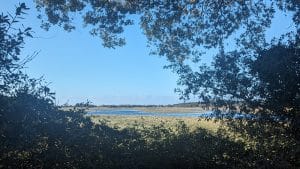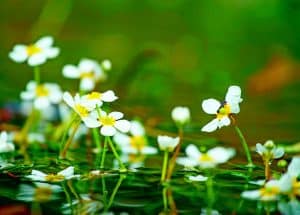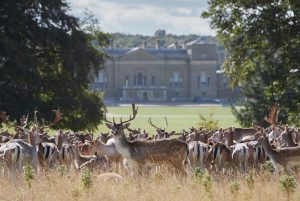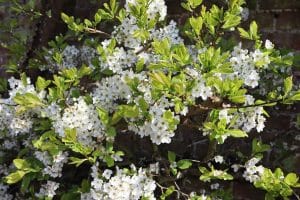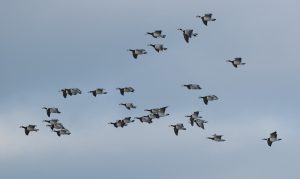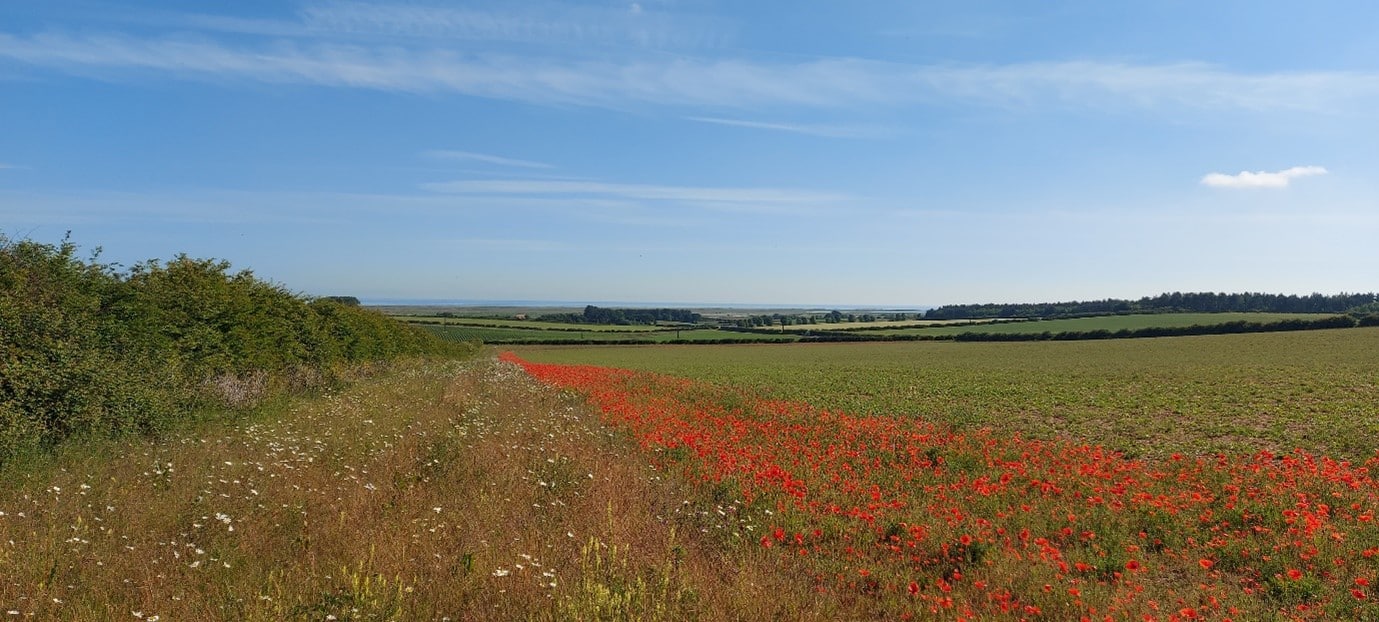
Surveys and sightings at Great Farm
August 1, 2023 | Nature news | 5 minute read
Holkham’s Conservation Team has recently been conducting survey work at Great Farm, an area of Holkham in which we’re trialling various practices to enhance biodiversity. There have been some exciting sightings recently, as Andy Bloomfield (Nature Reserve Warden) discusses here.
Great Farm
Great Farm forms part of Holkham’s western boundary close to Burnham Market. For the last four years, it has been subject to a change in its management with the aim of allowing nature to prosper in an environment where arable crops are still grown. This has meant creating wildflower-rich headlands, allowing hedges to grow without regular annual cutting, and allowing scrub to form in patches unsuitable for farming. Alongside this, Holkham’s conservation team has been undertaking various surveys to measure biodiversity changes including regular winter bird counts, the mapping of breeding bird territories, butterfly transects, bird ringing and occasional visits from botanists and invertebrate enthusiasts.
Surveys and sightings
One of the great joys for any naturalist whilst doing formal survey work is seeing all sorts of other flora and fauna too. Great Farm has certainly been no exception. Undertaking the regular route for counting birds and butterflies the number of other insects seen has been astounding. Surveying different groups of insects can be time-consuming or disappointing if it is not done during the right weather conditions or time of year. This is why recording random sightings can be just as useful, it helps to build a picture of what is inhabiting a site. At Great Farm, our list is growing and includes several notable local scarcities. From a landscape where the hedgerows were once mutilated and the intensively farmed crops went right up to the hedgerows, there were very few opportunities for nature to thrive.
And sadly, this is very much the case over much of Norfolk’s farmland. Yet we only need to give nature the rough corners and introduce wildflowers to the margins and it is amazing how quickly the insects move in. What has been enlightening is the number of species that have been found which are ordinarily found in the Brecks of East Anglia. It just shows how sandy agricultural land can still welcome some of the rarer species once driven to scarcity due to the intensity of agriculture. It shows how there may be small outposts clinging onto an existence. Just imagine in the future if the example of Great Farm could be spread out across Norfolk. If a patchwork of wilder habitats could exist within an extensive arable landscape stretching from the north Norfolk coast inland to the Brecks, species could spill out, populations could join up and the rarities of today might once more be commonplace in a land currently depleted of much of its wildlife.

This thick old hedge is made up with a large bramble content alongside hawthorn and harbours nesting Yellowhammers, Linnets, Common and Lesser Whitethroats. In the summer the hedge becomes alive with thousands of bees seeking out nectar from the bramble flowers.
What’s been spotted at Great Farm?
Green Hairstreak Butterfly
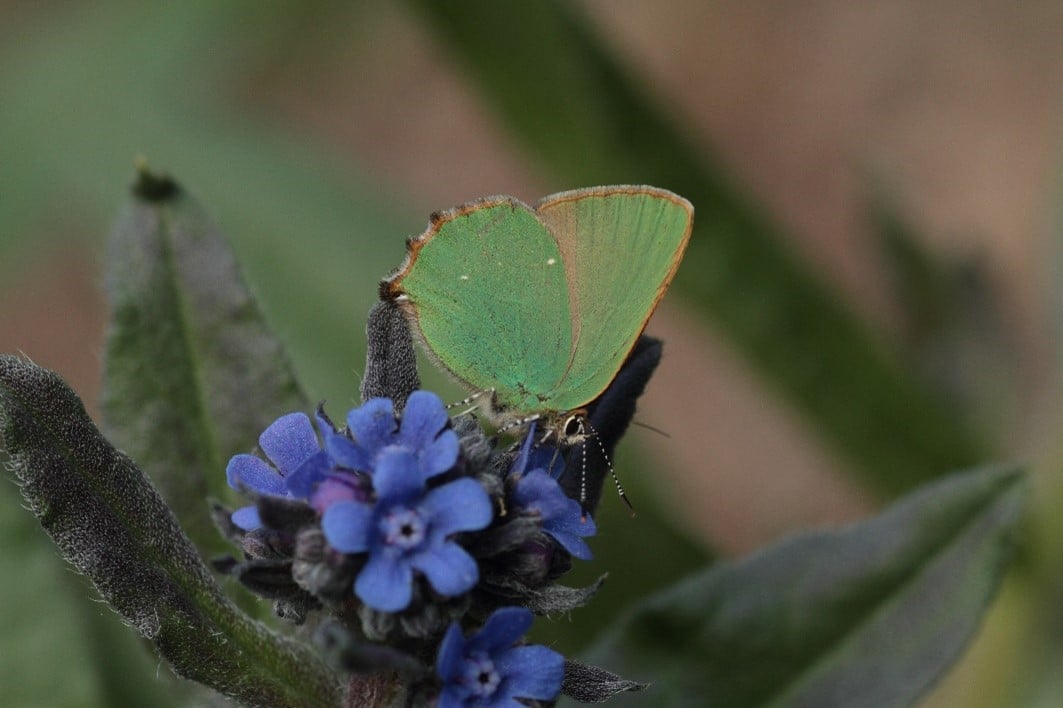
This tiny green jewel can be seen in the spring within the scrubland of the site.
6-belted Clearwing Moth
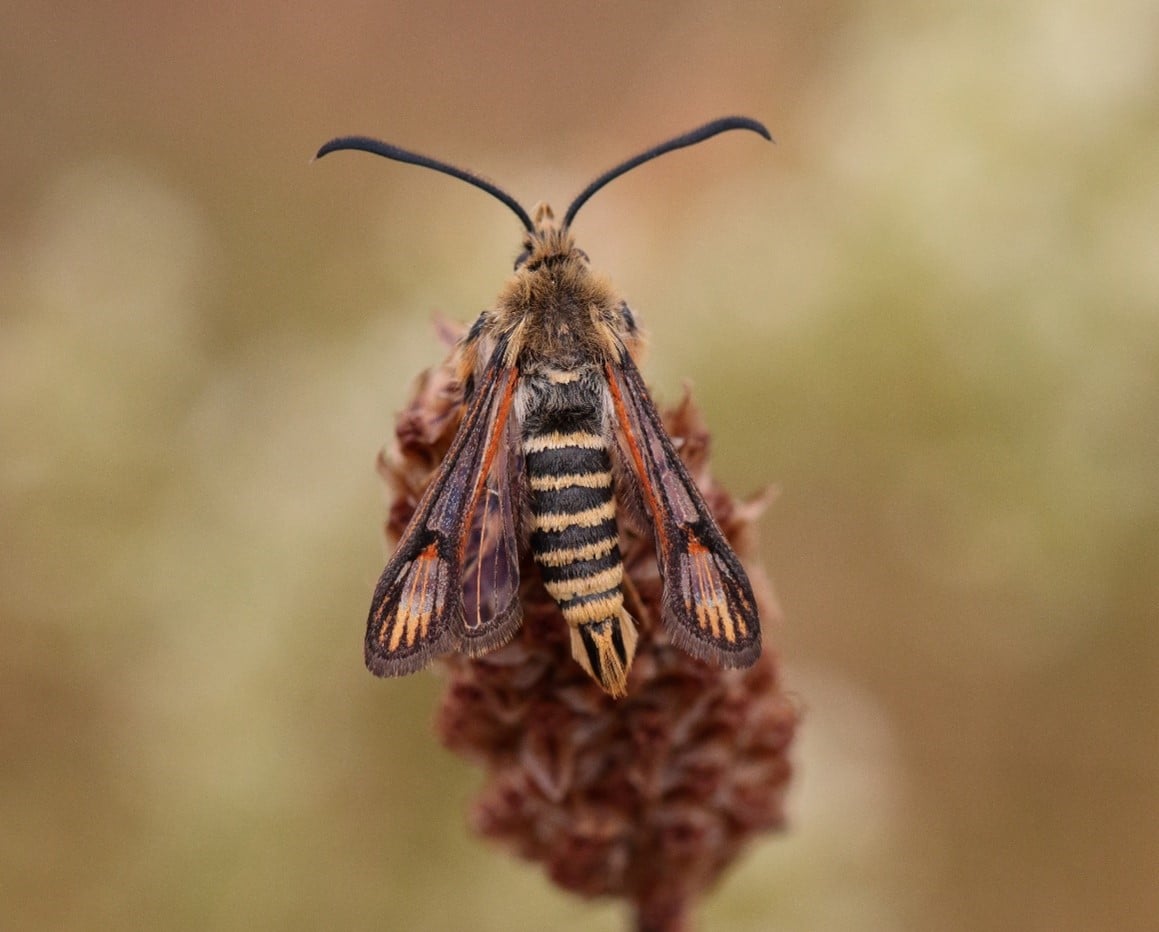
These harmless wasp mimics are usually both secretive and scarce in Norfolk but have proven to be a common, easily seen moth at Great Farm.
Black Oil Beetle
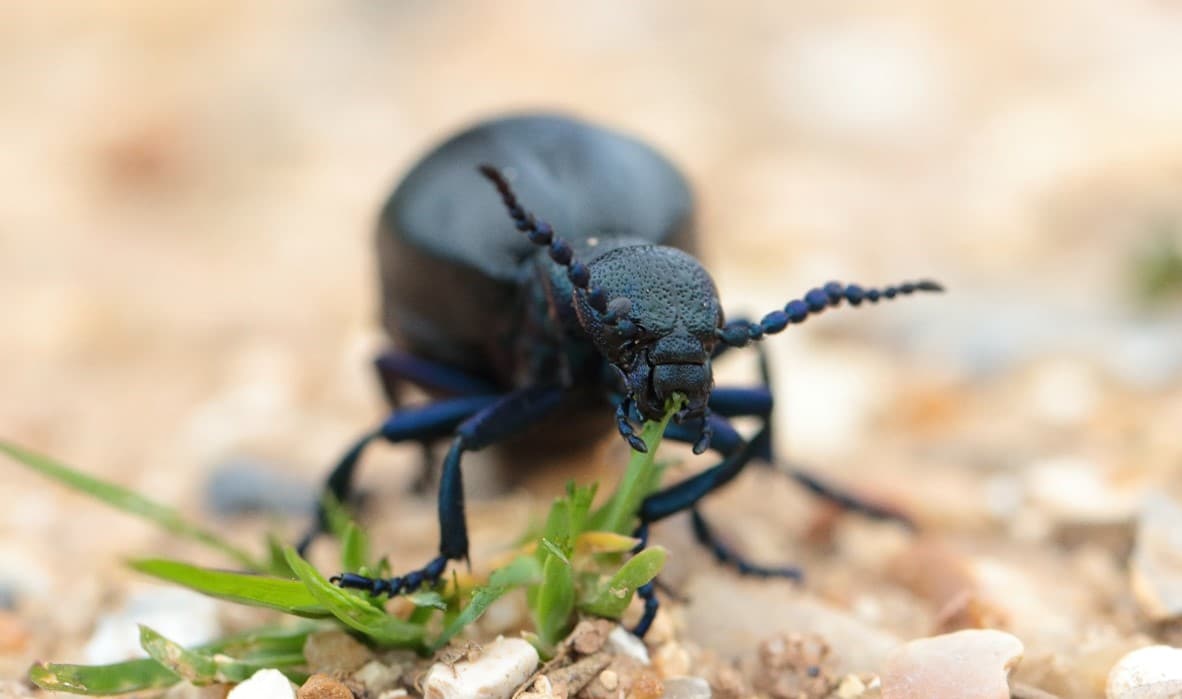
Once very rare in Norfolk, these large beetles have spread out across north west Norfolk, including the headlands of Great Farm.
Breckland Leatherbug
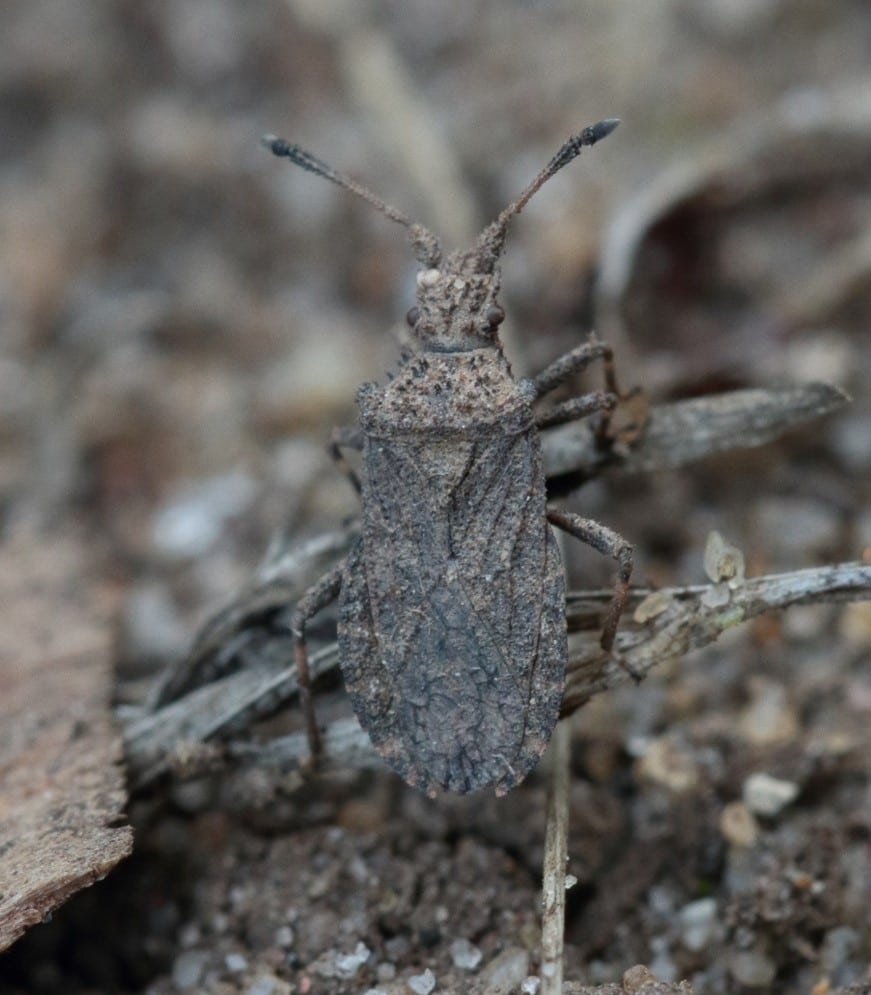
This very rare insect was once only known from the Brecks where it was thought to be extinct until rediscovery in 2011. It has now started to be recorded elsewhere including Great Farm for the first time this year.
Bee Wolf
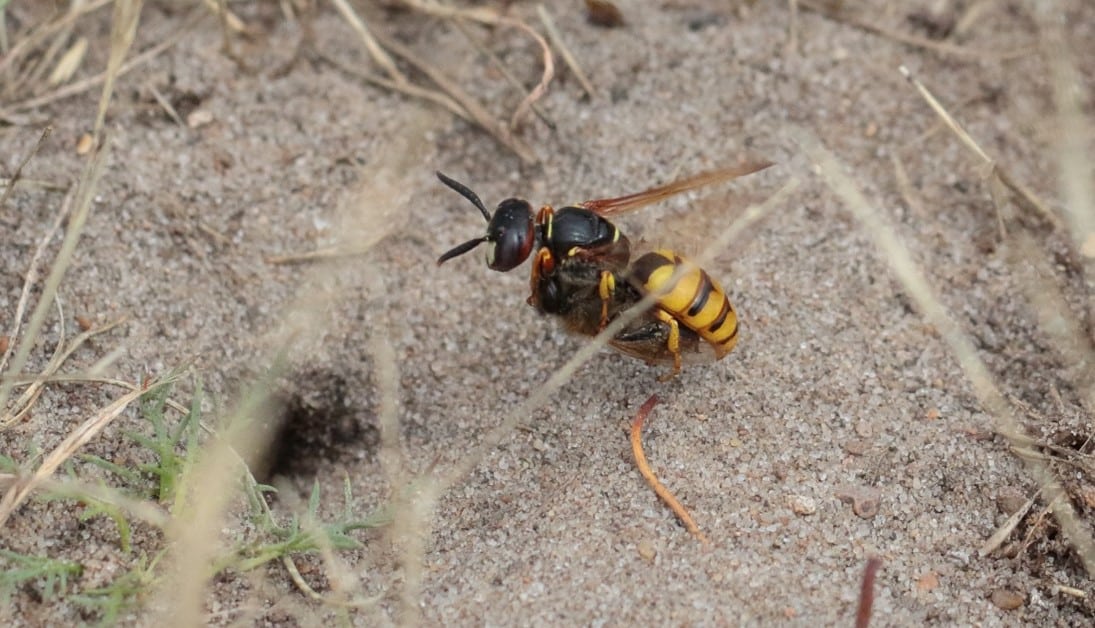
Once a south coast scarcity, with warmer temperatures in recent years it has spread rapidly and is now a frequent coloniser of dry sandy areas, where it nests in individual holes. It is always close to a supply of bees, which its catches and carries back to its nest holes, as shown above. This year, thousands have made Great Farm their home thanks to a large clover field hosting tens of thousands of bees attracted to the nectar-rich flower heads.
Clover Melitta
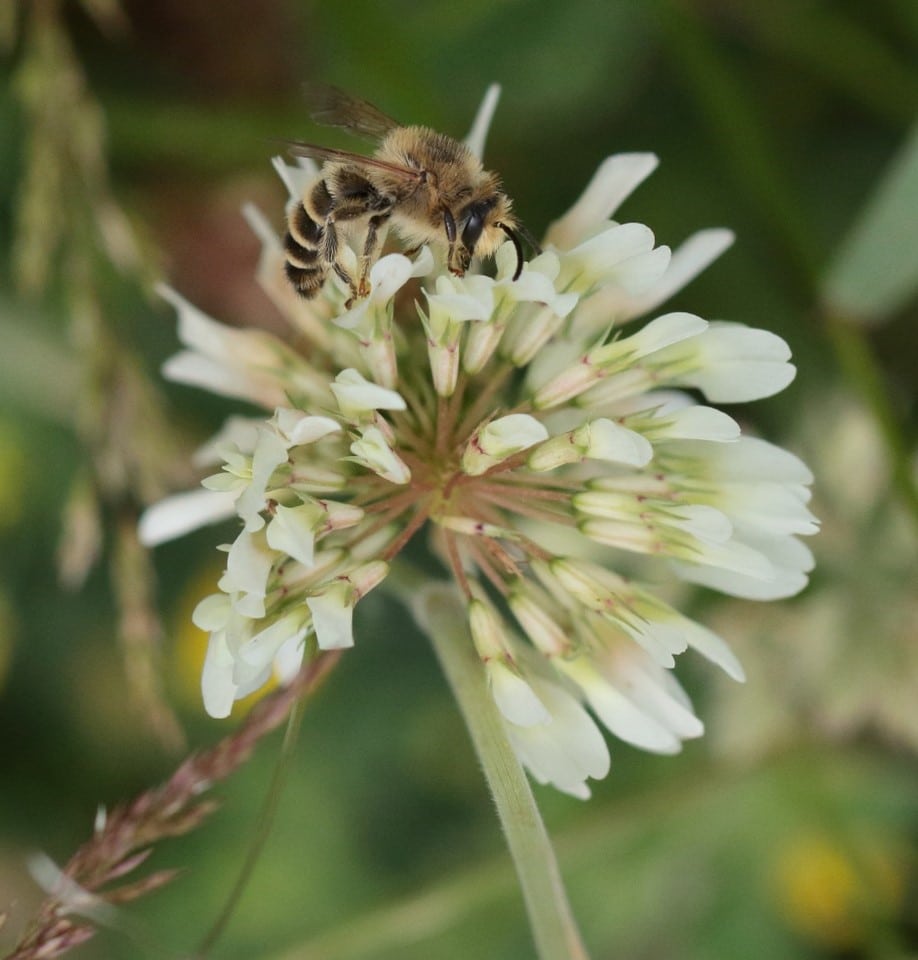
This small bee found at Great Farm remains rare in Norfolk with most sightings coming from the Brecks. As its name suggests it seeks out the flowers of clover to obtain nectar from.
Back to Journal Back to Journal